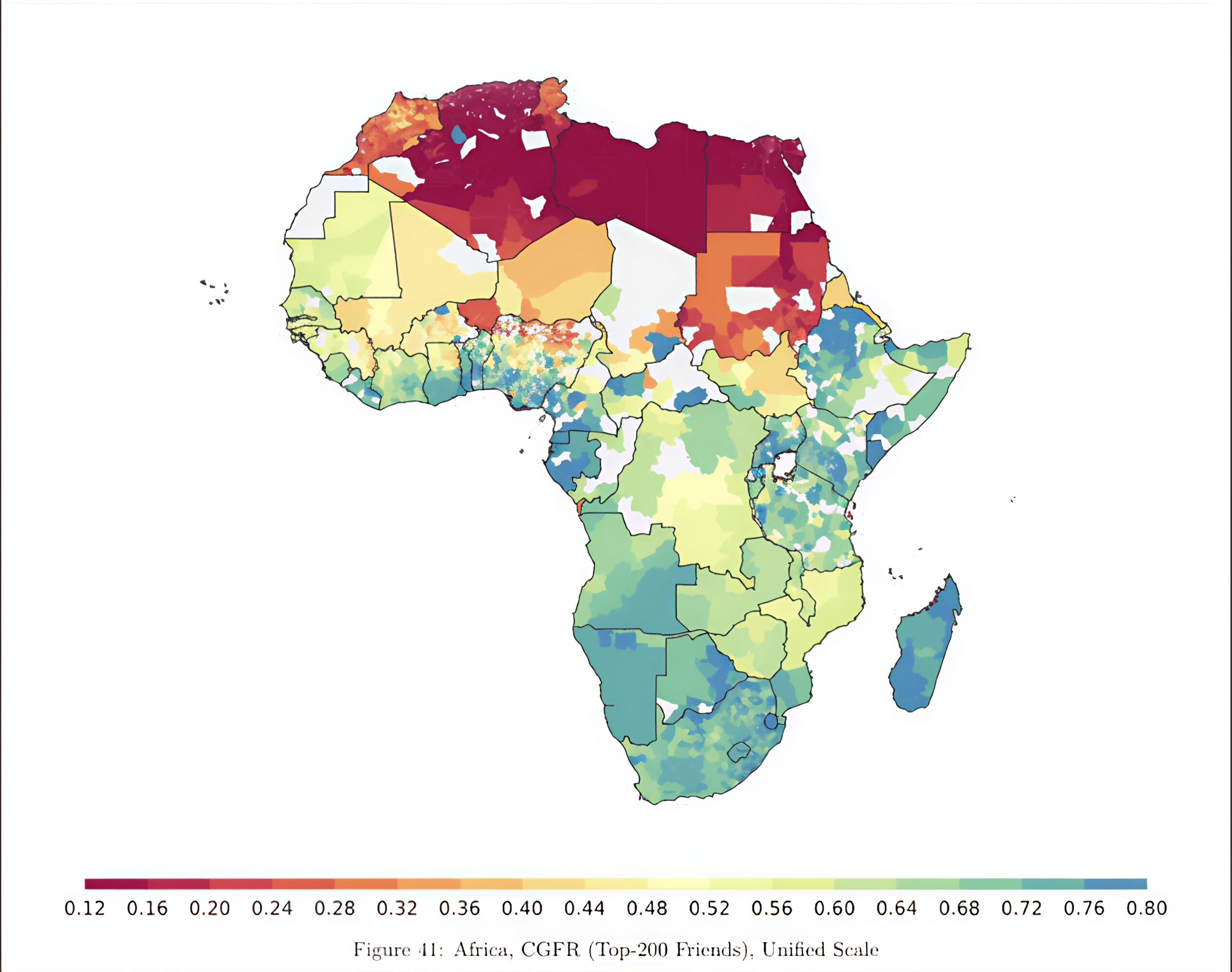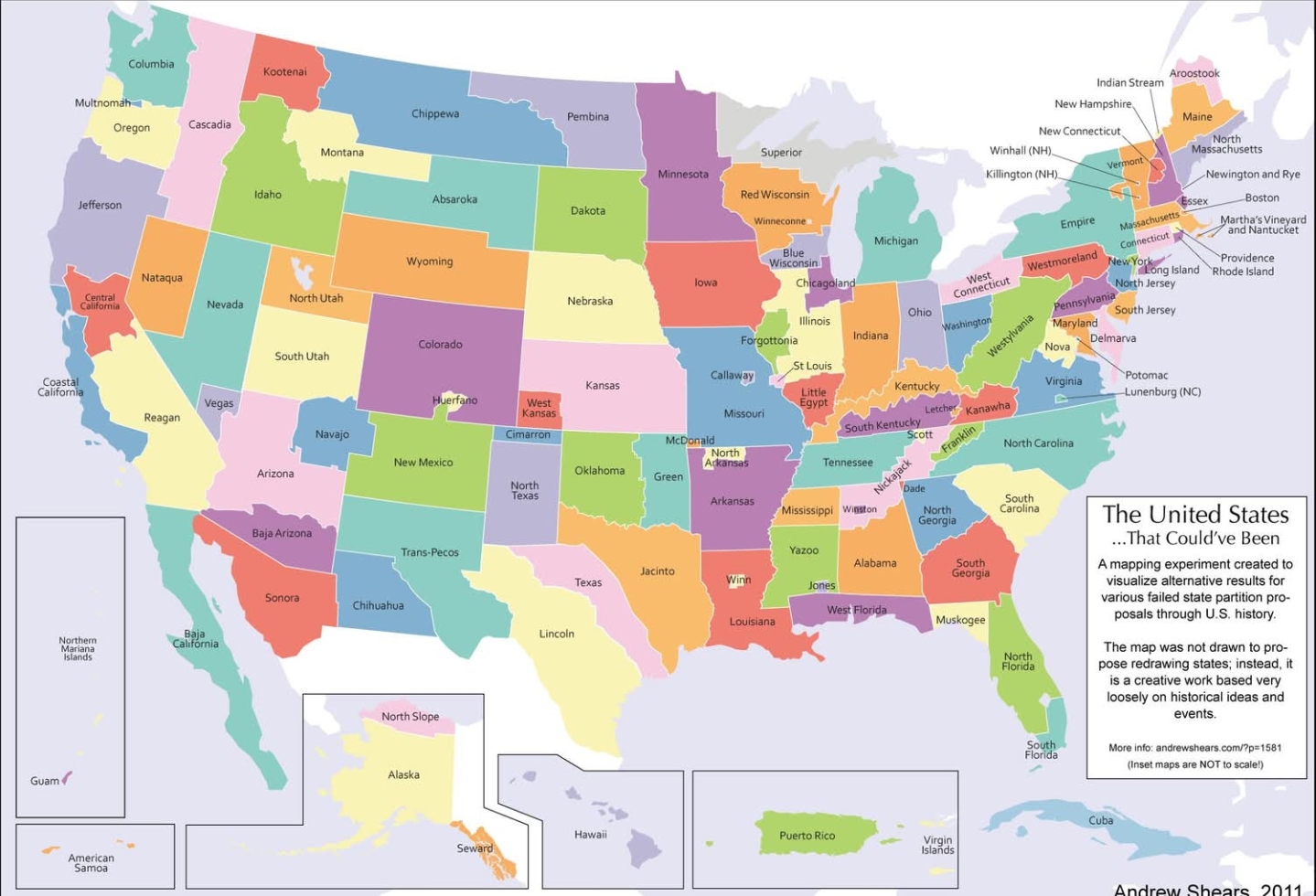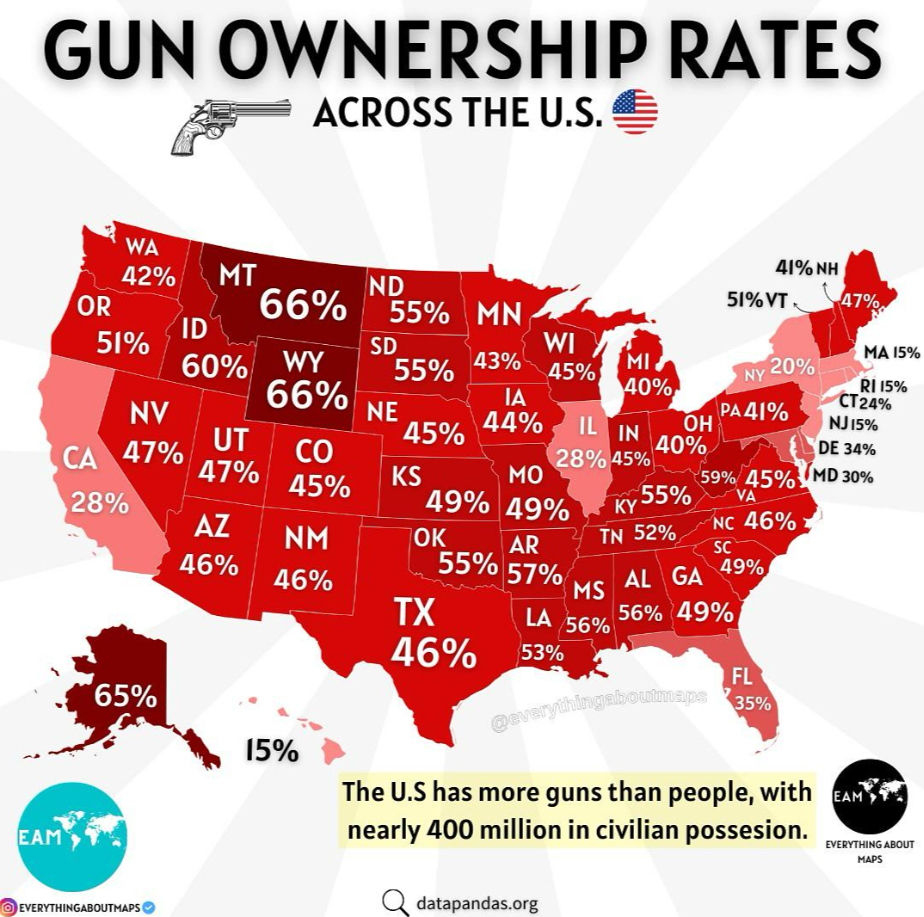Take a close look at this map of Africa. At first glance, it’s a beautiful mosaic of colors, but this isn’t a political or a topographical map. It’s a striking visual representation of something far more personal: the likelihood of men and women being friends.
The map, titled “Figure 41: Africa, CGFR (Top-200 Friends), Unified Scale,” uses a color gradient to show the “Common Gender Friendship Rate.” Essentially, it’s a measure of how often a person’s close friends (in this case, their top 200) include individuals of the opposite gender. The scale at the bottom is our key:
- Warm colors (reds and oranges) indicate a low rate of cross-gender friendships. Here, social circles are more likely to be segregated by gender.
- Cool colors (blues and greens) indicate a high rate of cross-gender friendships. In these regions, men and women are more likely to be friends.
So, what does the map tell us? A clear and compelling pattern emerges.
The Great Northern Divide
The most prominent feature is the stark contrast between the north and the south. The entire northern belt of Africa, including countries like Morocco, Algeria, Tunisia, Libya, and Egypt, is dominated by deep reds and oranges. This suggests that in North Africa, social circles are highly segregated by gender. This is likely influenced by a combination of deeply rooted cultural, religious, and social norms that historically have kept men and women in separate spheres.
Sub-Saharan Diversity
As we move south of the Sahara, the map transforms into a vibrant quilt of colors. The West African coast, including countries like Nigeria, Ghana, and Ivory Coast, shows a mixed pattern, with some regions being green and blue, and others remaining in the yellow-orange range. This reflects the incredible diversity of cultures within these nations, where different ethnic and social groups have their own unique customs around male-female interaction.
Further to the east, we see pockets of high cross-gender friendship rates in countries like Kenya, Uganda, and Tanzania, indicated by the blues. This may be linked to urbanization and modern social structures that bring men and women together in workplaces, schools, and social activities.
The Southern “Blue Zone”
The southern part of the continent—particularly South Africa, Botswana, Namibia, and parts of Zimbabwe—is a sea of cool blues and greens. This region, in stark contrast to the north, shows the highest rates of cross-gender friendships on the continent. The social landscape here, influenced by a unique blend of indigenous cultures, colonial history, and modern societal shifts, appears to foster more integrated social circles.
More Than Just Colors:
What It All MeansThis map is more than just a data visualization; it’s a window into the complex social fabric of a continent. It raises fascinating questions about the factors that shape our friendships:
Culture and Religion: How do different religious and cultural traditions influence gender roles and social interactions?
Urbanization: Does living in a city, with its diverse and often anonymous population, lead to more mixed-gender friendships compared to rural areas?
Education and Economic Opportunity: As more women gain access to education and enter the workforce, does it lead to a natural increase in cross-gender friendships?
The data presented here isn’t a judgment; it’s an observation. It highlights the incredible diversity of human social behavior across the African continent and serves as a starting point for a deeper conversation about culture, gender, and the nature of our closest bonds.


